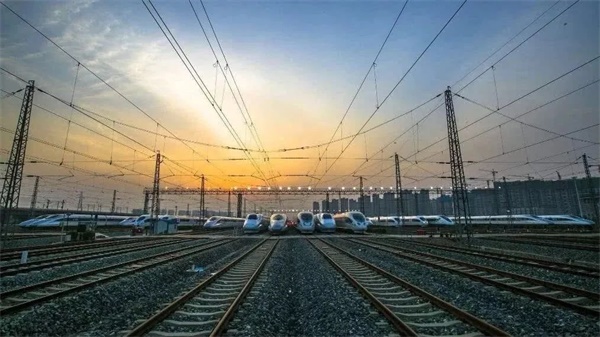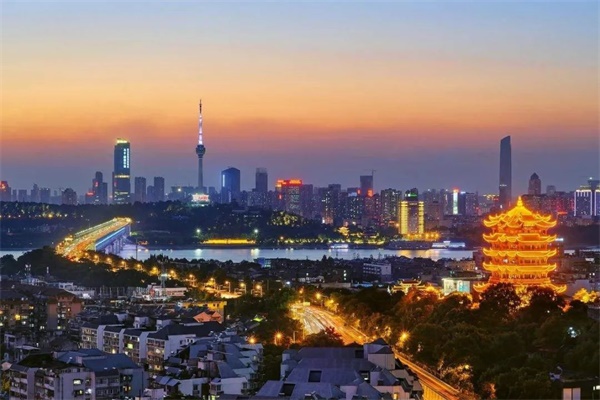
On September 1, 2020, more than 2,840 primary and secondary schools and kindergartens reopened in Wuhan, extending a warm welcome to their 1.4 million students, who had been out of school since the outbreak. The grand opening up marks not only a major victory for the city, which was once closed for 76 days due to the impact of the epidemic, as well as an initial success in China's fight against COVID-19.


Music festivals, crowded shops and buzzing nightlife… these scenes would have been unimaginable in Wuhan months ago. But after enduring one of the world’s toughest lockdowns, good times are returning to what was once the epicenter of the Covid19 pandemic.

The news has captured the world's mainstream media attention, with the New York Times, AFP and Sky News Australia all covering the story.
In an attempt to contain the virus, starting from January 23, 2020, a full-scale lockdown was implemented in Wuhan, with the city's public transportation systems, including buses, subways, ferries, airports and train stations temporarily suspended; and all commercial and public activities paused.
As stringent prevention and testing measures were taken to slow down the transmission in all residential areas, groceries needed by the public were distributed by the community.
It wasn't until April 8 that Wuhan was unsealed. The heroic city of Wuhan, covering an area of more than 8,500 square kilometers and home to 11 million locals has bought the world valuable time to prepare for epidemic by inflicting huge economic losses on herself.
Few people would appreciate the sacrifice Wuhanese made to curb the pandemic if they do not understand how important Wuhan is for China.
Most of China’s first-tier metropolises and second-tier cities are located within a radius of 1,000-km (621 miles) from Wuhan to Beijing. Wuhan’s GDP was CNY 1.622 trillion (238 billion USD) in 2019, making her the city with 7th highest GDP in China.

As the one of four major railway hubs and the largest transit point for rail transport in China, Wuhan is where the main waterways of the Yangtze River and multiple railways converge. In 2019, up to 676 million tons of freight and some 250 million passengers (larger than the population of most countries in the world) were transported.

As one of the major R&D and education hubs, Following Beijing (with 92 higher educational institutes in total), Wuhan, the capital city of Hubei Province, has the 2nd highest number of universities in China (83 universities). As of 2019, there were 1,107,000, college students studying in the city, making Wuhan home to the largest student community in the world.
The people of Wuhan made great sacrifice in the fight against the pandemic. At the end of the day, it seems that is it worth the price as the city has witnessed a boom in resumption of life and production after the disaster.

As COVID-19 continues to rage in other parts of the world, the city of Wuhan is poised to regain its former openness and prosperity.
